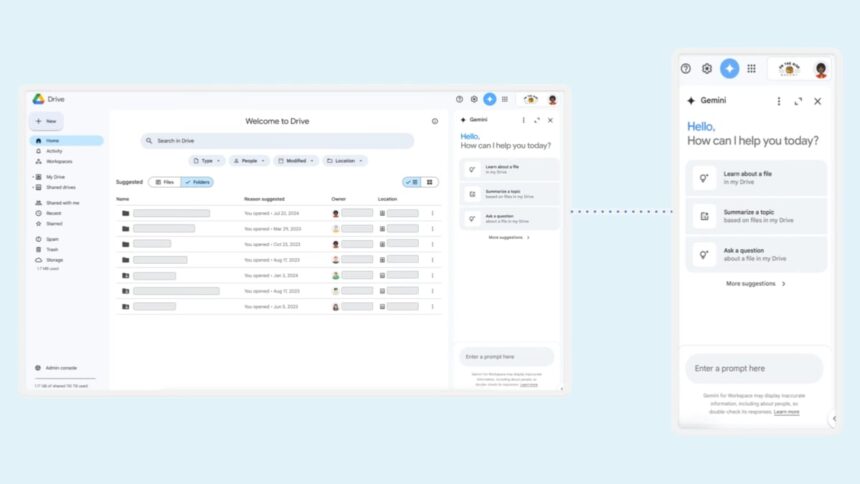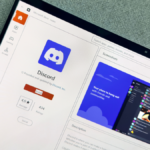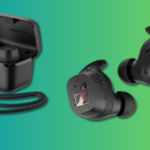Exploring AI Integration with Google Drive: A Deep Dive into Gemini
Google is actively incorporating its Gemini AI across a multitude of applications, and Google Drive is no different. If you hold a Google One AI Premium subscription or belong to an organization utilizing Gemini AI through Google Workspace, you now have access to Gemini functionalities within Google Drive, including Docs, Sheets, and Slides.
This integration offers a variety of AI-driven capabilities directly related to your files and folders. Although numerous functions exist within documents and spreadsheets, this guide focuses on how Gemini can enhance your experience with Google Drive’s organizational tools, such as advanced search options and file summaries. To access these features most effectively, use Google Drive through the web, although a mobile plugin for Gemini is available as well.
Getting Started with Gemini in Google Drive
When you access Google Drive on the web, look for the Gemini star icon located in the upper right corner. Clicking on this icon opens a side panel for Gemini, allowing you to expand or minimize it using the arrows at the top. There’s also a button with three dots for clearing your conversation history within Google Drive.
If you’ve recently interacted with Gemini, the panel may display prompt suggestions. Furthermore, by clicking the three dots, you can explore additional examples of Gemini’s capabilities in Google Drive.
Creating Files and Folders
At its core, Gemini enables you to create new files and folders effortlessly within Google Drive. For instance, you might instruct it by saying, “create a folder named Travel” or “establish a document called Travel Plans.” While this procedure doesn’t necessarily save time compared to the traditional methods, it can be a convenient option, especially when you’re engaged in a dialogue with the Gemini AI.
Personal experimentation with Gemini in Google Drive indicates that most commands function correctly, though there are occasions when the AI might struggle to set up files precisely. Currently, operations such as moving or duplicating files aren’t supported, but these features could be on the horizon.
Enhanced Search Capabilities
Google Drive features a solid search function, conveniently located at the top of the interface. However, Gemini enhances this searching process by offering more flexibility with query formulation and information retrieval. For example, to locate specific files or folders, simply use the @ symbol followed by the desired name.
For instance, asking, “who has the highest score in @staffreview” (provided you possess a spreadsheet with that title) will retrieve the relevant information. Similarly, a query like “which state appears most in @travelplans” will yield the answer you need. Results from these types of prompts have shown accuracy, but it’s advisable to verify important information, especially when it pertains to business budgets or significant family trips.
Exploring Across Files and Folders
Gemini can also conduct searches across multiple files and folders. You could request comprehensive information about a topic covered in several documents. However, a wider data set might introduce errors, as the AI makes judgments regarding relevance based on numerous inputs.
Summarizing Files and Folders
One of the most valuable applications of modern generative AI is summarization. Whether dealing with substantial PDFs, numerous web pages, or extensive spreadsheets, Gemini excels at condensing information in Google Drive. This summation capability is particularly effective, as observed during various trials.
This feature does not require opening the Gemini side panel. Simply right-click on any file or folder and select either “Summarize this file” or “Summarize this folder.” When reviewing a folder, you can click on the folder name at the top and then choose the summary option.
Upon executing this command, Gemini swiftly provides an overview of the contents in your selected file or folder. For folders containing numerous items or sizable files, the AI delivers a comprehensive summary. Users can also pose follow-up questions to delve deeper, with suggestions appearing for additional inquiries.
It’s important to note that closing the Gemini side panel results in the loss of the provided information. To retain it, utilize the Copy buttons beneath the responses, and transfer the content to another location, such as a Google Docs file. Keep in mind that conversations within Google Drive do not sync with the standalone Gemini application.












